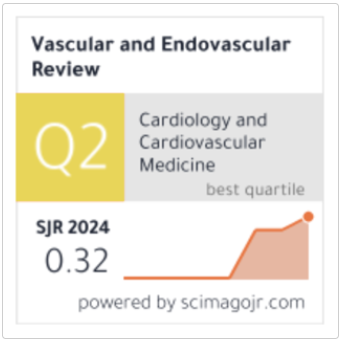The Identification of Recurrent Laryngeal Nerve by Injection of Methylene Blue Dye into the Inferior Thyroid Artery in Comparison to The Conventional Technique during Thyroidectomy , Comparative study.
Keywords:
Thyroidectomy, Recurrent laryngeal nerve, Methylene blue injection, RLN identification, Surgical safety, Intraoperative nerve visualization, Postoperative complications.Abstract
Background: Thyroidectomy is a common surgical procedure for managing thyroid disorders, with recurrent laryngeal nerve (RLN) injury being a major concern. Identifying the RLN during surgery is crucial for preventing complications such as vocal cord dysfunction. Conventional methods rely on anatomical landmarks, but these can be challenging in cases of anatomical distortion. Methylene blue (MB) dye has been explored as an adjunct technique to enhance RLN visualization.
Objective: to evaluate the efficacy and safety of methylene blue injection into the inferior thyroid artery for RLN identification during thyroidectomy. The primary objectives were to assess whether MB injection reduces RLN identification time, minimizes intraoperative blood loss, and lowers the risk of postoperative complications compared to conventional dissection techniques.
Methods: A prospective comparative study was conducted on 40 patients undergoing thyroidectomy, equally divided into two groups: MB injection technique group (n=20) and conventional technique group (n=20). The study analyzed RLN identification time, intraoperative blood loss, and postoperative complications, including vocal cord dysfunction and airway compromise. Statistical analysis was performed to determine the significance of differences between the two groups.
Results: MB injection significantly reduced RLN identification time (7.65 ± 1.5 minutes) compared to the conventional method (14.9 ± 2.75 minutes, p < 0.001). Additionally, blood loss was lower in the MB injection group (67.5 ± 13.03 mL) compared to the conventional group (103.5 ± 21.95 mL, p < 0.001). Postoperative complications, including vocal cord dysfunction and stridor, were comparable between the two groups, with no statistically significant difference in RLN injury rates. However, dye extravasation was observed in 20% of cases in the MB group, emphasizing the need for precise injection techniques.
Conclusions: Methylene blue injection into the inferior thyroid artery is an effective and safe technique for RLN identification during thyroidectomy. It significantly reduces blood loss and shortens RLN identification time without increasing postoperative complications. This technique may serve as a valuable adjunct in thyroid surgery, particularly in cases where RLN visualization is challenging. Further research with larger sample sizes and long-term follow-up is recommended to validate these findings and refine MB injection protocols.








